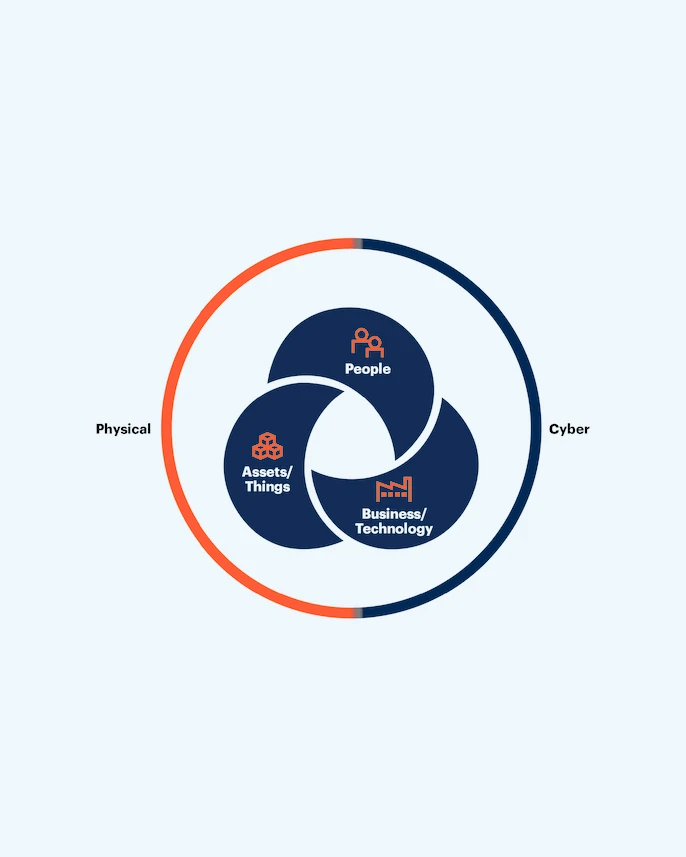In today’s dynamic world, technology is evolving at an unprecedented pace. Among the game-changing innovations, Cyber Physical System (CPS) stand out as a cornerstone of the fourth industrial revolution. In essence, CPS bridges the gap between the virtual and physical worlds. But what does that mean, exactly? In this article, we’ll dive deep into what Cyber Physical System is, providing tangible examples and illustrating the myriad benefits they offer.
Defining Cyber Physical Systems
First and foremost, Cyber Physical Systems (CPS) are integrations of computation, networking, and physical processes. Embedded computers and networks monitor and control the physical processes, with feedback loops where physical processes affect computations and vice versa. For example, a modern car is loaded with sensors and computational units. The car’s CPS can detect if you’re veering out of your lane, and then, amazingly, correct your steering in real-time.
Moreover, the essence of CPS lies in its ability to actively learn and adapt. So, it’s not just about automation, but also about optimization and intelligence.
Real-Life Examples of CPS
When it comes to practical applications, the possibilities are virtually endless. Let’s explore a few concrete examples:
- Smart Grids: The energy sector benefits enormously from CPS. Traditional power grids are essentially passive; they distribute electricity but don’t optimize or adapt. Smart grids, on the other hand, analyze energy consumption patterns, integrate renewable sources, and even predict equipment failures. Consequently, they boost efficiency while cutting costs and emissions.
- Health Monitoring: In healthcare, patient monitoring systems are a shining example of CPS. For instance, an implantable cardioverter defibrillator not only monitors heart rhythms but also delivers an electric shock if needed. This happens seamlessly, saving countless lives.
- Precision Agriculture: The agricultural sector isn’t left behind either. Precision agriculture employs CPS to optimize irrigation, fertilization, and harvesting. Sensors measure soil conditions, weather data, and crop health. Subsequently, farmers make data-driven decisions, maximizing yields while conserving resources.
Key Benefits of CPS
Now that we’ve seen CPS in action, let’s delve into the benefits:
- Increased Efficiency: By continuously monitoring and optimizing physical systems, CPS helps achieve remarkable levels of efficiency. For example, manufacturing plants that implement CPS experience lower downtimes and higher production rates.
- Cost Reduction: Through optimization, CPS reduces waste and improves resource utilization. This inevitably leads to cost savings, which can be significant over time.
- Enhanced Safety: In sectors like transportation and healthcare, CPS plays a critical role in ensuring safety. For instance, autonomous braking in vehicles can prevent accidents, and remote health monitoring can enable timely interventions.
- Environmental Sustainability: CPS enables smarter use of resources, which is crucial for environmental sustainability. In smart buildings, for example, CPS can regulate lighting and temperature based on occupancy, significantly reducing energy consumption.
Looking Ahead: The Future of Cyber Physical Systems
Finally, looking to the future, Cyber Physical Systems will undoubtedly become even more prevalent and sophisticated. As they continue to evolve, we can expect breakthroughs in fields like robotics, space exploration, and smart cities. The marriage of physical systems with computational intelligence is an exciting frontier, ripe with possibilities.
In conclusion, Cyber Physical Systems are revolutionizing the way we interact with and harness the physical world. From enhancing efficiency to ensuring safety, the benefits are both profound and far-reaching. As technology continues to advance, CPS will likely be at the forefront, driving innovation and shaping the world of tomorrow.
